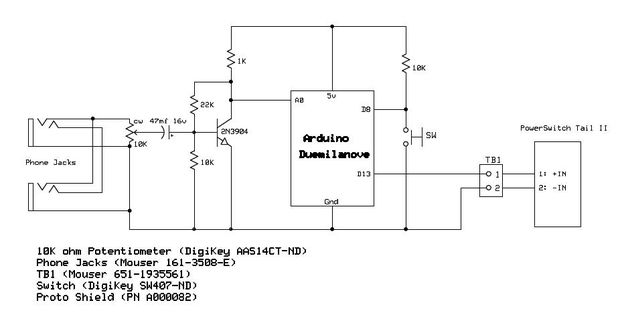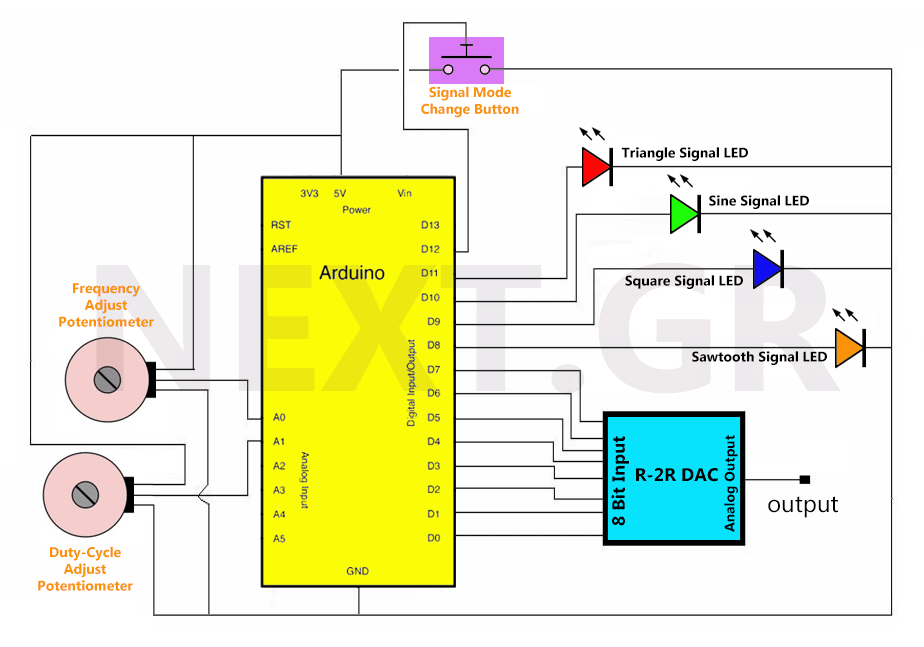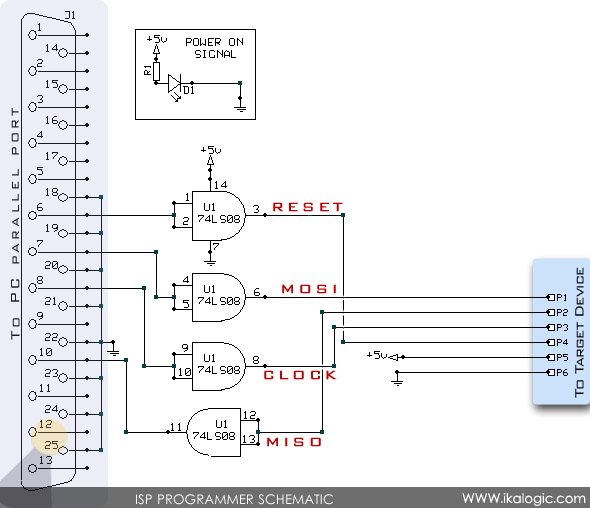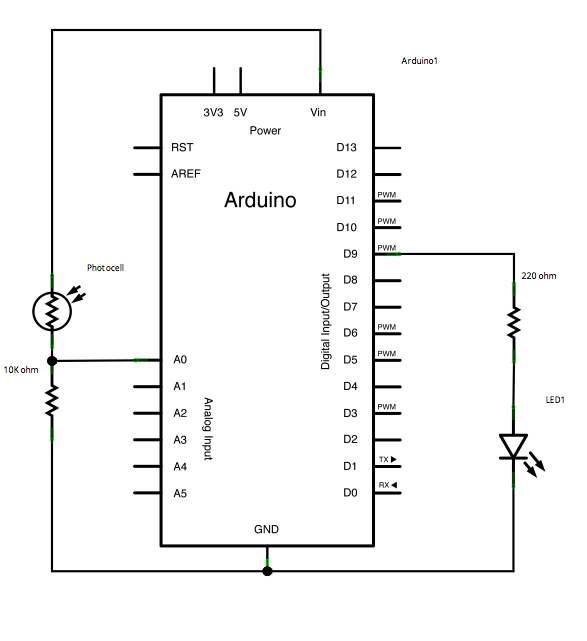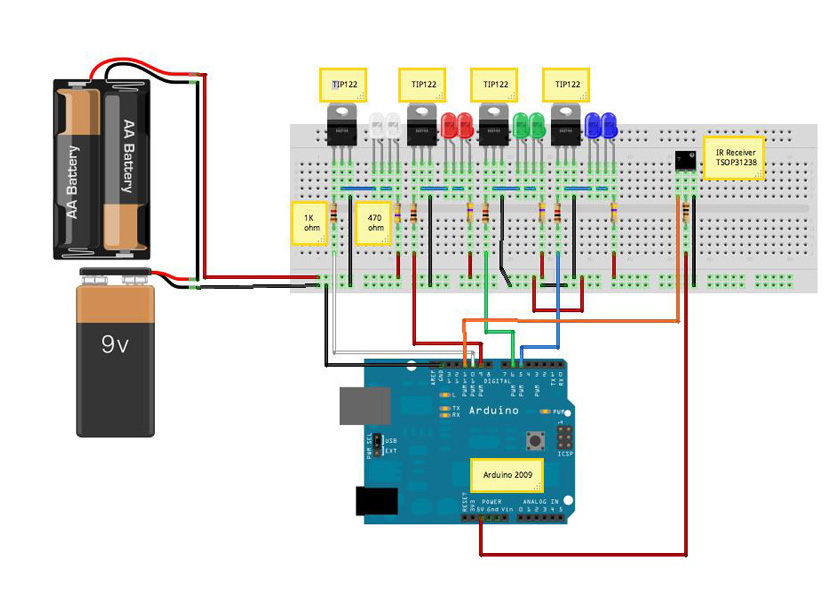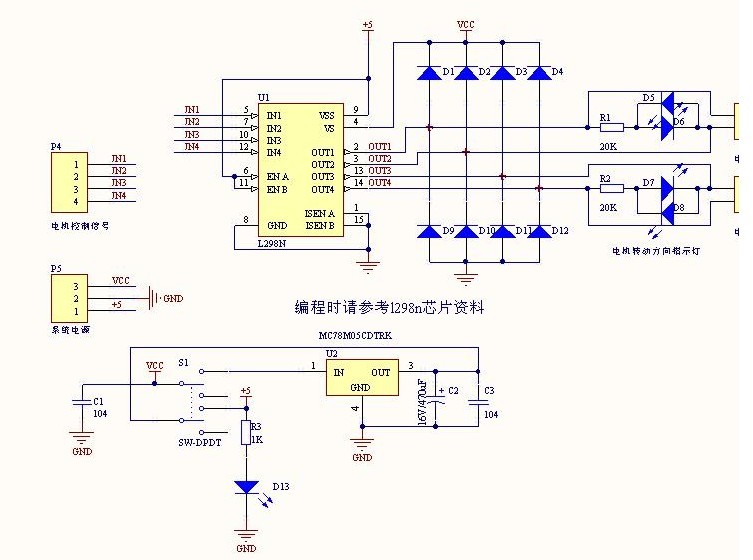
ATMEL ARDUINO and CODEBLOCKS
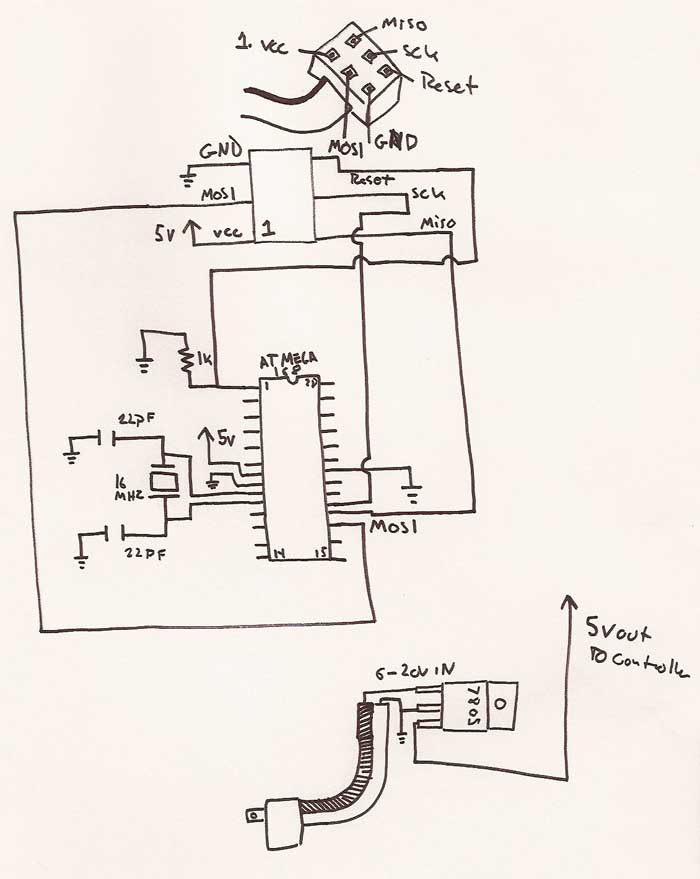
The Arduino library can be utilized with other Integrated Development Environments (IDEs) to enhance code organization, particularly for extensive projects. This approach facilitates the integration of code not specifically designed for Arduino and serves as a pathway to more advanced programming tools and techniques. Numerous tutorials are available, providing an overview and links to existing documentation. The process of setting up the Arduino library with Code::Blocks is documented in detail. The Atmel microcontroller is a solid-state device that executes tasks based on a predetermined set of instructions. These instructions are derived from a series of physical logic circuits embedded within the chip. Each circuit generates a specific output when activated, altering its state by either storing or dissipating a charge. For example, circuits may represent numbers as a sequence of 1s (stored charge) and 0s (dissipated charge), which can be manipulated to yield new values through operations like addition or subtraction, depending on the response of the microcontroller's physical gates to voltage changes. Collectively, these physical operations that accomplish specific logical tasks are termed instructions. Each microcontroller has a documented instruction set, such as Atmel's. The behavior of each circuit (instruction) is controlled by a series of stored binary numbers within the microcontroller, effectively forming the program. A program consists of a sequence of instructions that are executed sequentially from memory. This is where human-readable code and programming tools come into play, providing a means for users to articulate an instruction pattern for the physical hardware in a comprehensible format. This serves as the bridge between the physical voltage patterns in the microcontroller and the conceptual frameworks based on language constructs. To program the chip, it is essential to have a method for creating a text file that the compiler can interpret, translating logical requests into physical changes on the chip. Consequently, any text editor can be used to write code, provided the file is saved with a .C extension for the compiler's recognition. The compiler subsequently converts this file into machine code, which can be programmed onto the chip. To avoid redundant code rewriting, previously written code is compiled into libraries that can be reused across different programs. These libraries facilitate commands like "printf(a num is %d, 200)" to print strings with numbers or "Serial.println("hello world")" for Arduino applications. The compiler utilizes these libraries to enhance the functionality already available for the device. Initially, the compiler examines the newly created code file ("myTextFile.C") for all function names used within that file to determine the operations to perform. If a function definition is absent from the current file, the compiler bookmarks the name for later resolution when the file is linked with an external library. It then searches for the function name in the linked libraries and translates that operation into an instruction set. Comprehensive documentation of the available functions and general topics such as library creation can be found at the provided link. The Arduino core library, which consolidates much of the functionality from avr-libc into simpler function calls, is discussed under the topic of Arduino libraries. The tools mentioned are programs similar to Arduino that compile and link code. These can be executed by entering their names in a command line within a UNIX shell, which searches for these programs in the "/bin" directory according to the $PATH environment variable. The avr-libc library provides essential functionality for AVR chips and is located in the appropriate directory.
The Arduino library serves as a powerful tool when integrated with various IDEs, allowing for improved code structure and the ability to incorporate external code seamlessly. This capability is particularly beneficial for larger projects that require modularity and ease of maintenance. The use of libraries not only saves time but also enhances code reusability, enabling developers to leverage existing functions without the need to rewrite code from scratch.
In the context of Atmel microcontrollers, the architecture is designed around a set of predefined instructions that control the behavior of the hardware. Each instruction corresponds to specific operations that can be executed by the microcontroller, dictated by the logic circuits within. These circuits are fundamental to the operation of the microcontroller, as they determine how data is processed based on electrical signals.
The programming process involves writing code in a human-readable format, which is then compiled into machine code that the microcontroller can execute. This process is facilitated by the use of compilers that can interpret the high-level code and translate it into a series of binary instructions that the microcontroller understands. The ability to use any text editor to write code, as long as the correct file extension is used, provides flexibility and convenience for developers.
Additionally, the integration of libraries simplifies the programming process by providing pre-written functions that can be easily called within the code. This not only streamlines development but also ensures consistency and reliability in the functions used across different projects. The Arduino core library, in particular, enhances accessibility to the underlying hardware functionalities, making it easier for developers to implement complex tasks without delving into the intricacies of low-level programming.
Overall, the combination of the Arduino library and various IDEs, along with a solid understanding of microcontroller architecture and programming principles, empowers developers to create sophisticated applications efficiently while minimizing the complexity associated with direct hardware manipulation.Why would you want to use the Arduino library with another IDE It helps organize your code (especially for large projects), is easier to implement other code not written specifically for Arduino and can be a gateway to more powerful programming tools and techniques. There are many tutorials out there so this overview provides a overview with links already existing documentation. It then goes into detail documenting the steps to get the arduino library running with codeBlocks. The ATMEL microcontroller is a solid state device that performs tasks based on a set of INSTRUCTIONS. The basis of these instructions are a series of physical logic circuits built into the chip. Each of these circuits produces a known output when triggered, changing state by either storing a charge or dissipating one.
For instance there are circuits that store numbers as a series of 1`s (stored charge) and 0`s (dissipated charge) these stored values can be combined to get a new number (addition or subtraction) according to how the physical gates in the microcontroller react to changes in voltage. These physical operations when grouped together to perform a specific logical task are called an INSTRUCTION.
These instructions are documented for each microcontroller, Atmel`s instruction set can be found here: Each one of these circuits behaviors (instructions) can be set with a series of stored binary "numbers" in the microcontroller, in essence creating what is the program. A program is then just a series of instructions which execute one after another from memory. This is where human readable code and the programing tools come in, they provide a method for the user to describe a instruction pattern for the physical hardware, in human readable form.
It is the link between the physical of voltage patterns in the microcontroller and our ideas based on language constructs. So to program the chip, we must have a way of writing a text file so that a program (the compiler) can understand our logical requests and translate them into physical changes on the chip.
What this means is that we can use any text editor to write code as long as you can save the file with a. C extension for the compiler to understand. The compiler then takes that file and turns it into machine code, which you can burn onto your chip. In order not to rewrite code over and over, previously writen code is turned into LIBRARIES which can be reused in diffrent programs.
These libraries allow you to say things like "printf(a num is %d, 200)" to print a string with a number or "Serial. prinln("hello world") for Arduino. The compiler is the one who uses these libraries to add extra functionality which has already been written for the device.
What the compiler does is first check the newly written code "myTextFile. C" for all function names used in that specific file, in order to see what operations to perform. If it doesn`t find the function definition in the current file, it bookmarks the name for when the file is LINKED with an outside library. It then looks up the name of the function in the linked libraries and translates that operation into a instruction set.
Full documentation of the availble functions you can use and also a lot of information on general topics like creating libraries ect. can be found at the above link. The second library is the ARDUINO core library which has taken a lot of the functionality from avr-libc and wrapped it in even easier function calls.
Under the below topic Arduino libraries It goes into how to use that library with an atmel chip. The below tools are programs like Arduino which compile and link your code. You open and run them by just typing their names on the command line in a UNIX shell. The shell looks in your systems "/bin" directory to run them according to your $PATH enviornment variable. The avr-libc is the library that gives you all the functionality for the AVR chips and is located in the
🔗 External reference
The Arduino library serves as a powerful tool when integrated with various IDEs, allowing for improved code structure and the ability to incorporate external code seamlessly. This capability is particularly beneficial for larger projects that require modularity and ease of maintenance. The use of libraries not only saves time but also enhances code reusability, enabling developers to leverage existing functions without the need to rewrite code from scratch.
In the context of Atmel microcontrollers, the architecture is designed around a set of predefined instructions that control the behavior of the hardware. Each instruction corresponds to specific operations that can be executed by the microcontroller, dictated by the logic circuits within. These circuits are fundamental to the operation of the microcontroller, as they determine how data is processed based on electrical signals.
The programming process involves writing code in a human-readable format, which is then compiled into machine code that the microcontroller can execute. This process is facilitated by the use of compilers that can interpret the high-level code and translate it into a series of binary instructions that the microcontroller understands. The ability to use any text editor to write code, as long as the correct file extension is used, provides flexibility and convenience for developers.
Additionally, the integration of libraries simplifies the programming process by providing pre-written functions that can be easily called within the code. This not only streamlines development but also ensures consistency and reliability in the functions used across different projects. The Arduino core library, in particular, enhances accessibility to the underlying hardware functionalities, making it easier for developers to implement complex tasks without delving into the intricacies of low-level programming.
Overall, the combination of the Arduino library and various IDEs, along with a solid understanding of microcontroller architecture and programming principles, empowers developers to create sophisticated applications efficiently while minimizing the complexity associated with direct hardware manipulation.Why would you want to use the Arduino library with another IDE It helps organize your code (especially for large projects), is easier to implement other code not written specifically for Arduino and can be a gateway to more powerful programming tools and techniques. There are many tutorials out there so this overview provides a overview with links already existing documentation. It then goes into detail documenting the steps to get the arduino library running with codeBlocks. The ATMEL microcontroller is a solid state device that performs tasks based on a set of INSTRUCTIONS. The basis of these instructions are a series of physical logic circuits built into the chip. Each of these circuits produces a known output when triggered, changing state by either storing a charge or dissipating one.
For instance there are circuits that store numbers as a series of 1`s (stored charge) and 0`s (dissipated charge) these stored values can be combined to get a new number (addition or subtraction) according to how the physical gates in the microcontroller react to changes in voltage. These physical operations when grouped together to perform a specific logical task are called an INSTRUCTION.
These instructions are documented for each microcontroller, Atmel`s instruction set can be found here: Each one of these circuits behaviors (instructions) can be set with a series of stored binary "numbers" in the microcontroller, in essence creating what is the program. A program is then just a series of instructions which execute one after another from memory. This is where human readable code and the programing tools come in, they provide a method for the user to describe a instruction pattern for the physical hardware, in human readable form.
It is the link between the physical of voltage patterns in the microcontroller and our ideas based on language constructs. So to program the chip, we must have a way of writing a text file so that a program (the compiler) can understand our logical requests and translate them into physical changes on the chip.
What this means is that we can use any text editor to write code as long as you can save the file with a. C extension for the compiler to understand. The compiler then takes that file and turns it into machine code, which you can burn onto your chip. In order not to rewrite code over and over, previously writen code is turned into LIBRARIES which can be reused in diffrent programs.
These libraries allow you to say things like "printf(a num is %d, 200)" to print a string with a number or "Serial. prinln("hello world") for Arduino. The compiler is the one who uses these libraries to add extra functionality which has already been written for the device.
What the compiler does is first check the newly written code "myTextFile. C" for all function names used in that specific file, in order to see what operations to perform. If it doesn`t find the function definition in the current file, it bookmarks the name for when the file is LINKED with an outside library. It then looks up the name of the function in the linked libraries and translates that operation into a instruction set.
Full documentation of the availble functions you can use and also a lot of information on general topics like creating libraries ect. can be found at the above link. The second library is the ARDUINO core library which has taken a lot of the functionality from avr-libc and wrapped it in even easier function calls.
Under the below topic Arduino libraries It goes into how to use that library with an atmel chip. The below tools are programs like Arduino which compile and link your code. You open and run them by just typing their names on the command line in a UNIX shell. The shell looks in your systems "/bin" directory to run them according to your $PATH enviornment variable. The avr-libc is the library that gives you all the functionality for the AVR chips and is located in the
🔗 External reference
